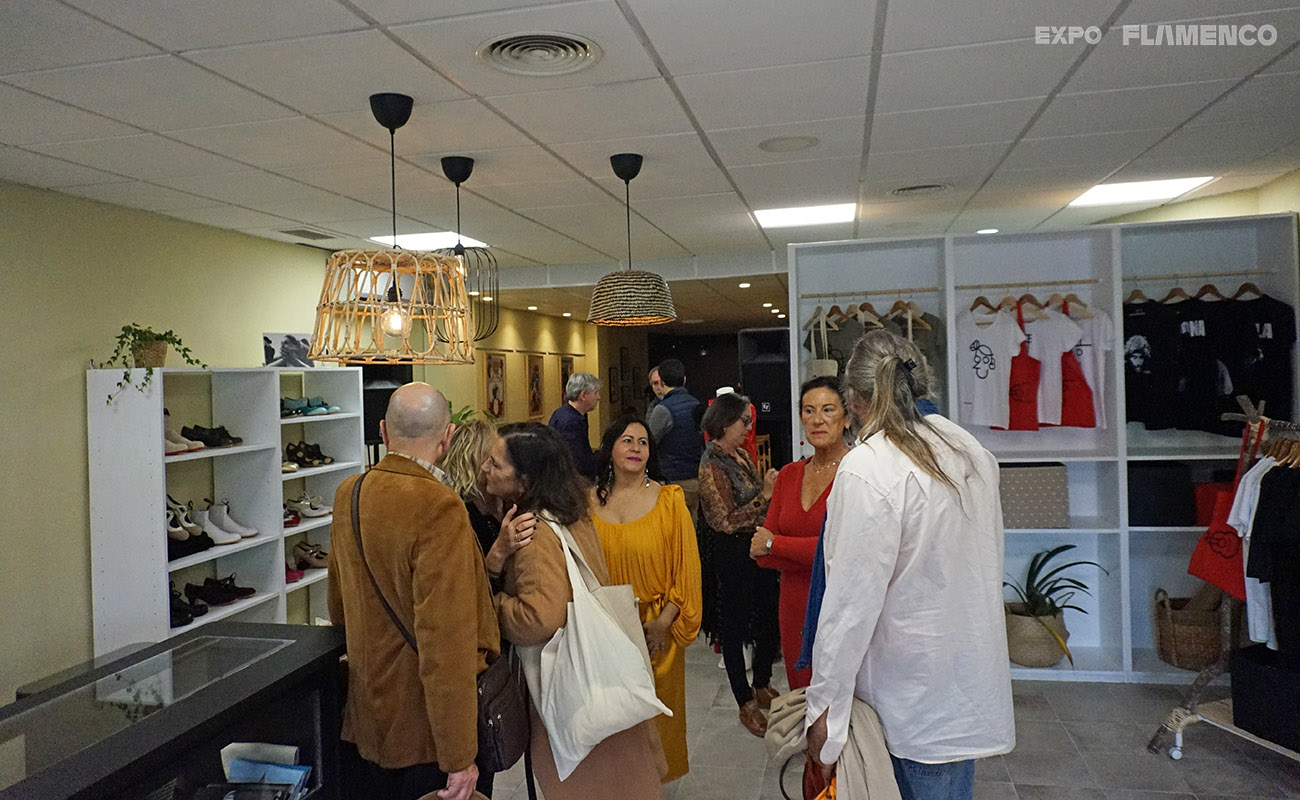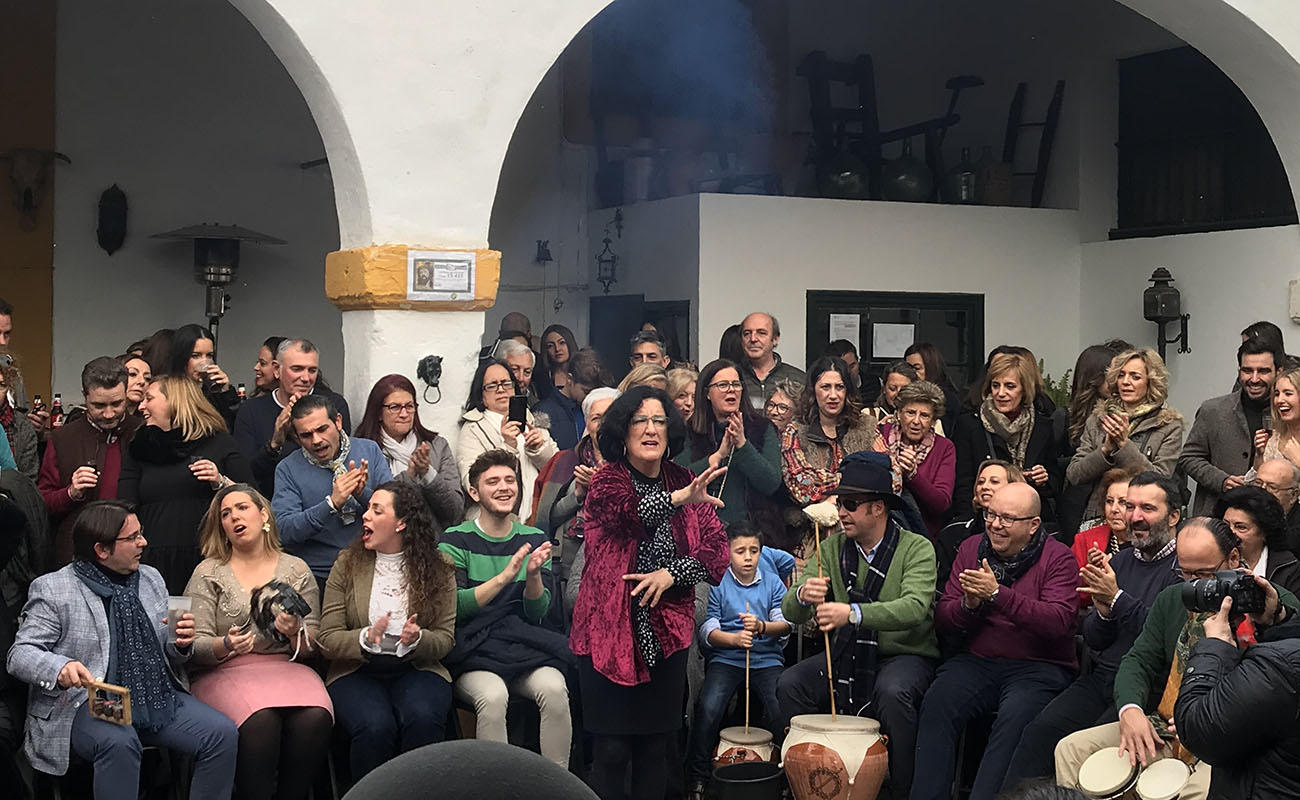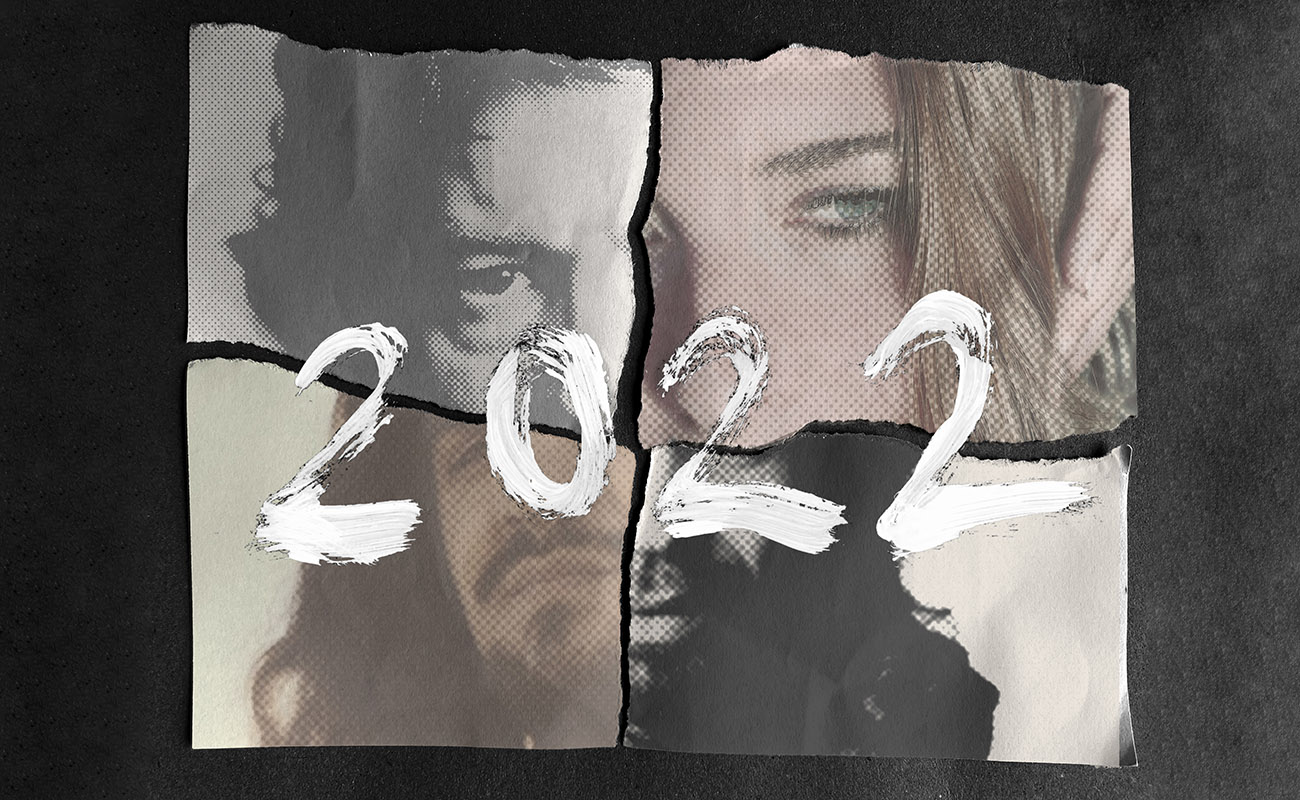The year 2022 and the borders of flamenco, the state of the art
Espacio Expoflamenco Jerez hosted on December 30, 2022 the round table The year flamenco broke up?
Beyond making a summary of last year in the record order, Espacio Expoflamenco wanted to give a voice to the authors of a brilliant article on our website. Actually, the title sought to draw attention to the movements, whether we like them or not, that are being generated on the periphery of our art.
Here you have the link to the referenced article: 2022, the year in which flamenco broke up – Expoflamenco
Both Manolo Domínguez and Fede Calderón made it very clear that the essential nucleus or classical repertoire of jondo art remains unalterable to how many currents and winds want to sway it. Always keeping in mind that flamenco is a mestizo art and in continuous evolution where concepts such as hybridization are more common throughout its history than we think.
However, and especially 2022, perhaps due to a pandemic that confined us all, it was a year where there was plenty of time for creation, or at least to stop and think about it. In this order, the new proposals were most notable, where flamencos have come into contact with other musicians (especially electronic music) and, therefore, other audiences from very different origins.
«For Manolo Domínguez and Fede Calderón, artists such as Rocío Márquez and Bronquio, Tomás de Perrate and Raúl Refree or José Mercé with Orozco show an increasingly clear trend in the objective of broadening the limits of the genre until surpassing them or blur them»
For this reason, Manolo and Fede drew a double plane: on the one hand, fetén flamenco artists who went to look for arguments in interpreters of other aesthetics and, on the other, musicians who from the ‘outer galaxy’ have used rhythmic, literary or harmonic elements in flamenco to export them to a global audience through their music. There was no shortage of the phenomenon Rosalía, as is logical, without entering or leaving that what she does is flamenco.
In the first plain, examples have been found such as those of Rocío Márquez and Bronquio, Tomás de Perrate and Raúl Refree, José Mercé with Orozco or Mala Rodríguez, La Tremendita, Dani Llamas and La Plazuela which, in the opinion of the authors, “show an increasingly clear trend in the objective of broadening the limits of the genre until surpassing or blurring them”. That is the question and the state of it.
We talked about all this with the pleasant company of Manuel Domínguez and Fede Calderón. Here we leave you the summary of a gathering that you can see in full on the next channel that Expoflamenco TV has planned.

Manolo Domínguez and Fede Calderón, authors of an article on disruptive flamenco on this portal, visited Espacio Expoflamenco Jerez. Dec 30, 2022. Photo: Guido Bartolotta

José María Castaño, Manolo Domínguez and Fede Calderón, at Espacio Expoflamenco Jerez. Dec 30, 2022. Photo: Guido Bartolotta






